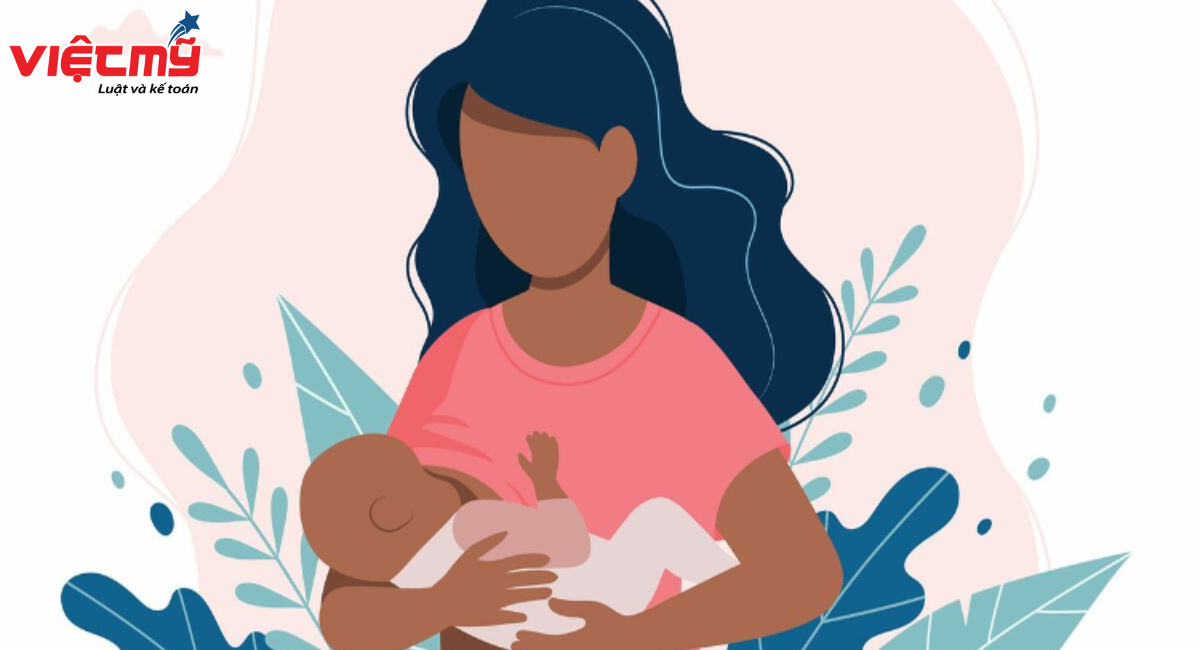Business Registration Change Procedures for 2024
Changing Business Registration Details is a legal procedure that enterprises must undertake when there is a change in the information on their business registration documents or the details recorded on the Business Registration Certificate at the Business Registration Office – Department of Planning and Investment where the company is headquartered. However, you may still have...
View more
















